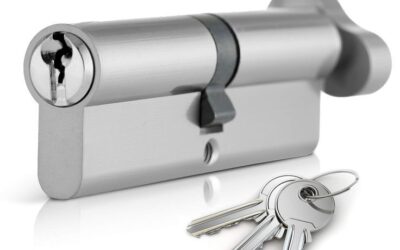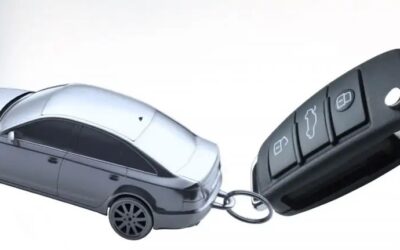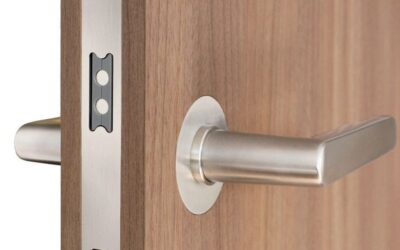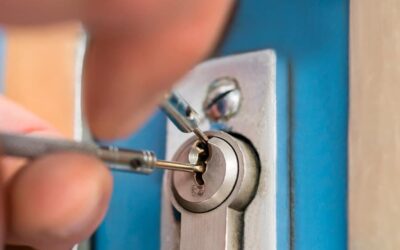Stuck Door Lock? Here’s What to Do Next
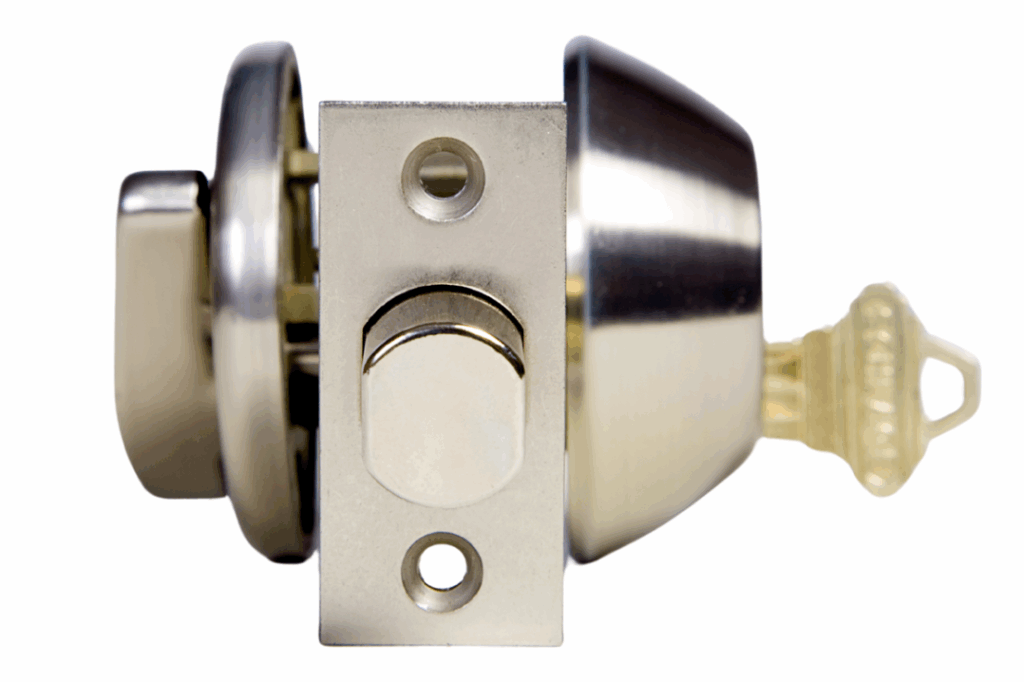
A stuck lock can ruin your entire day. Whether you’re trying to get into your home after work or open your business first thing in the morning, this problem always seems to happen at the worst possible time. But don’t panic! Follow these practical steps to fix it without damaging your lock.
Step 1: Properly Lubricate the Lock Mechanism
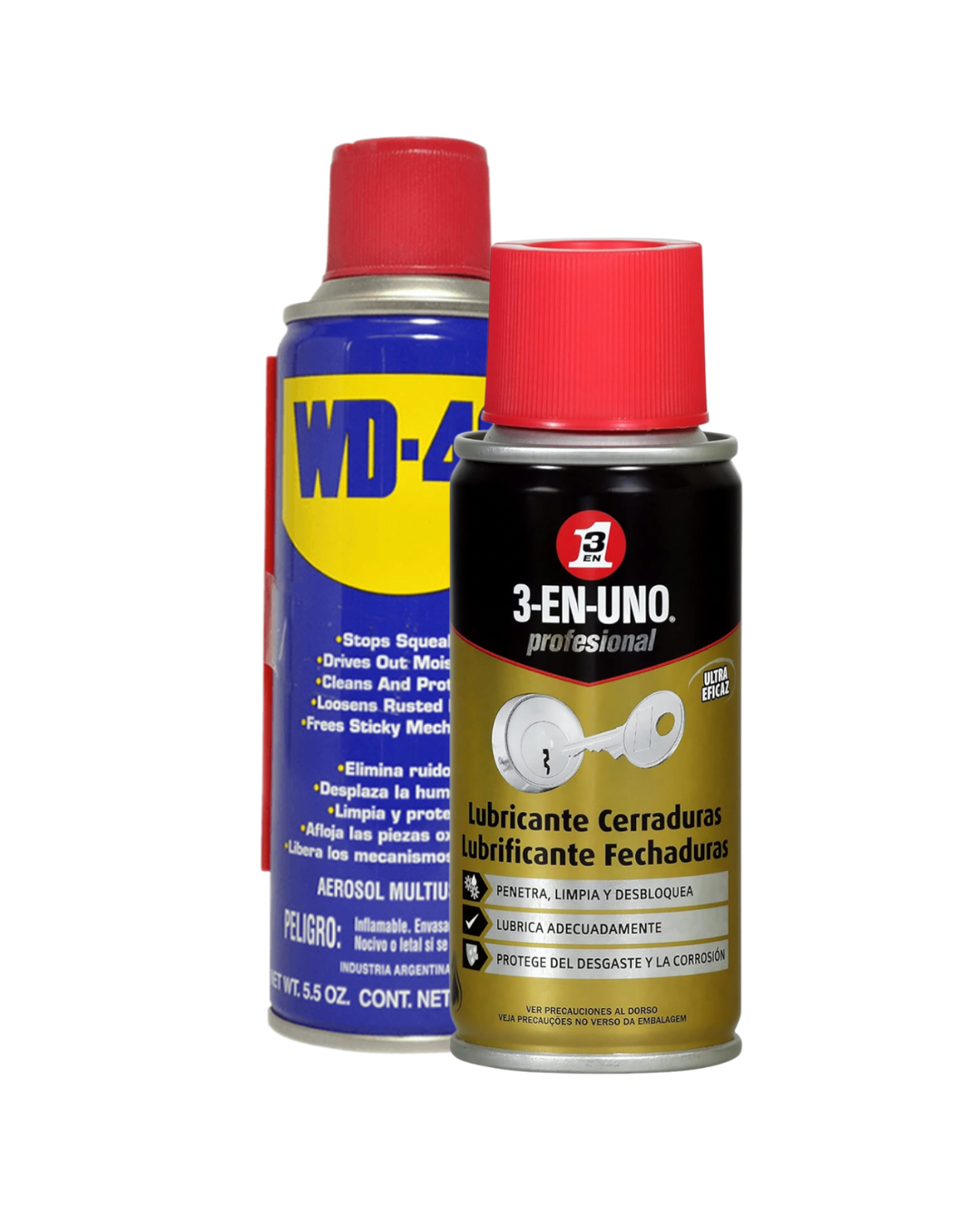
When dealing with a stuck lock, lubrication should always be your first approach. Use a high-quality, dry lubricant specifically designed for locks – graphite powder is ideal as it won’t attract dirt like oil-based products. Apply the lubricant directly into the keyhole, then insert and remove your key several times to help distribute it evenly throughout the mechanism. For particularly stubborn cases, you may need to let the lubricant sit for 5-10 minutes to properly penetrate any built-up grime or corrosion inside the lock. Avoid using WD-40 as a long-term solution, as it can actually attract more dirt over time despite providing temporary relief.
Step 2: Work the Key Gently While Lubricating
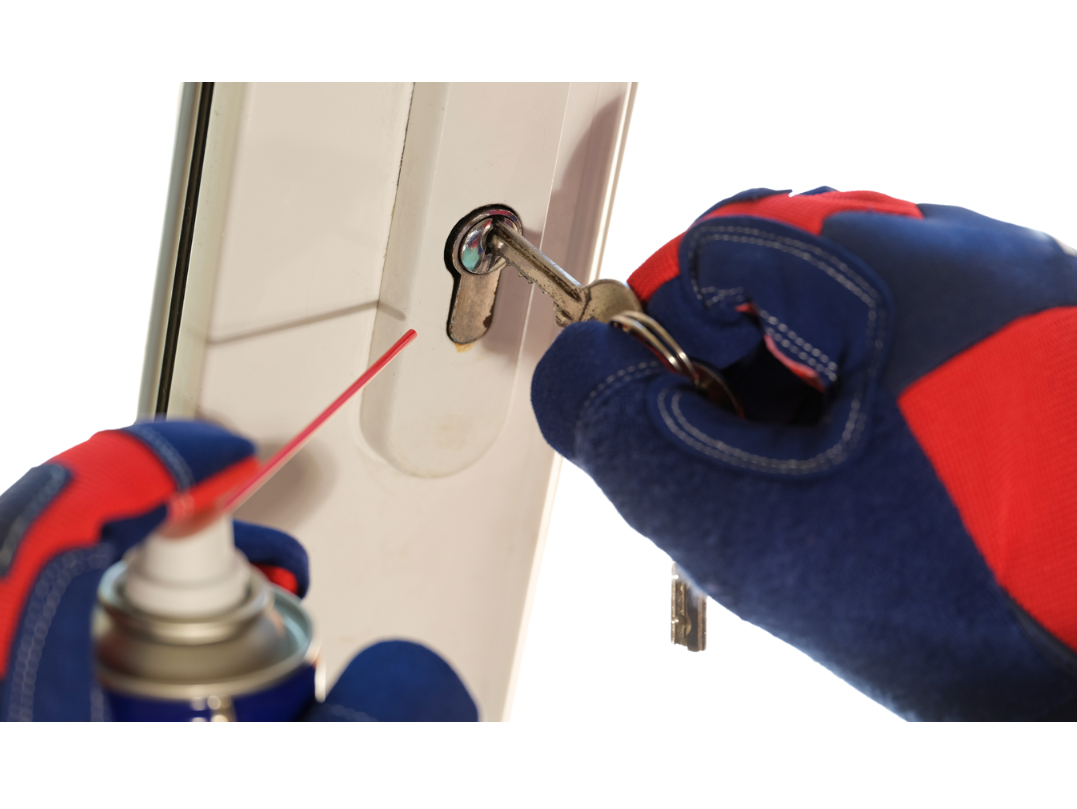
After applying lubricant, the key technique matters. Insert your key and gently wiggle it while applying slight turning pressure. Use a back-and-forth motion rather than forceful twisting, as this helps work the lubricant into all the tiny moving parts. Pay attention to any subtle changes in resistance – sometimes the lock will gradually loosen with this careful manipulation. If you feel any grinding or hear unusual metallic sounds, stop immediately as this could indicate a more serious internal issue that requires professional attention.
Step 3: Know When to Stop Before Causing Damage

If the lock still won’t turn after proper lubrication and gentle manipulation, continuing to force it will likely make matters worse. Excessive pressure can bend or snap your key inside the lock, creating a much more complex (and expensive) repair situation. At this point, it’s smarter to step back and assess whether there might be underlying issues like worn internal components, misalignment, or physical damage to the lock mechanism itself. Remember that a lock that suddenly becomes difficult to operate often signals developing problems that won’t fix themselves.
Step 4: Recognize When Professional Help is Needed

Certain situations absolutely require a locksmith’s expertise: when you see visible rust or corrosion inside the keyhole, when keys bend or stick regularly, or when smart locks malfunction. Professional locksmiths have specialized tools and knowledge to diagnose issues without causing further damage. They can determine whether a simple cleaning, rekeying, or complete lock replacement is the best solution. More importantly, they can identify and address security vulnerabilities you might miss, ensuring your property remains properly protected after the repair
When DIY Isn’t Enough: Professional Lock Services
At Pro Key Solutions, our certified technicians handle stuck lock situations daily using professional-grade lubricants, precision tools, and non-destructive techniques. We offer
- Emergency lockout assistance
- Complete lock diagnostics and repair
- Key extraction services (for broken keys)
Don’t let a stubborn lock compromise your security or leave you stranded outside your property. For reliable, damage-free solutions in Miami, call Pro Key Solutions at (786) 305-9953. Our mobile units can typically reach you within 30 minutes to resolve your lock emergency.
Pro Tip: Consider preventive maintenance for locks that frequently stick – it’s often more cost-effective than waiting for a complete failure. Ask about our annual lock service plans that keep your locks operating smoothly year-round.
